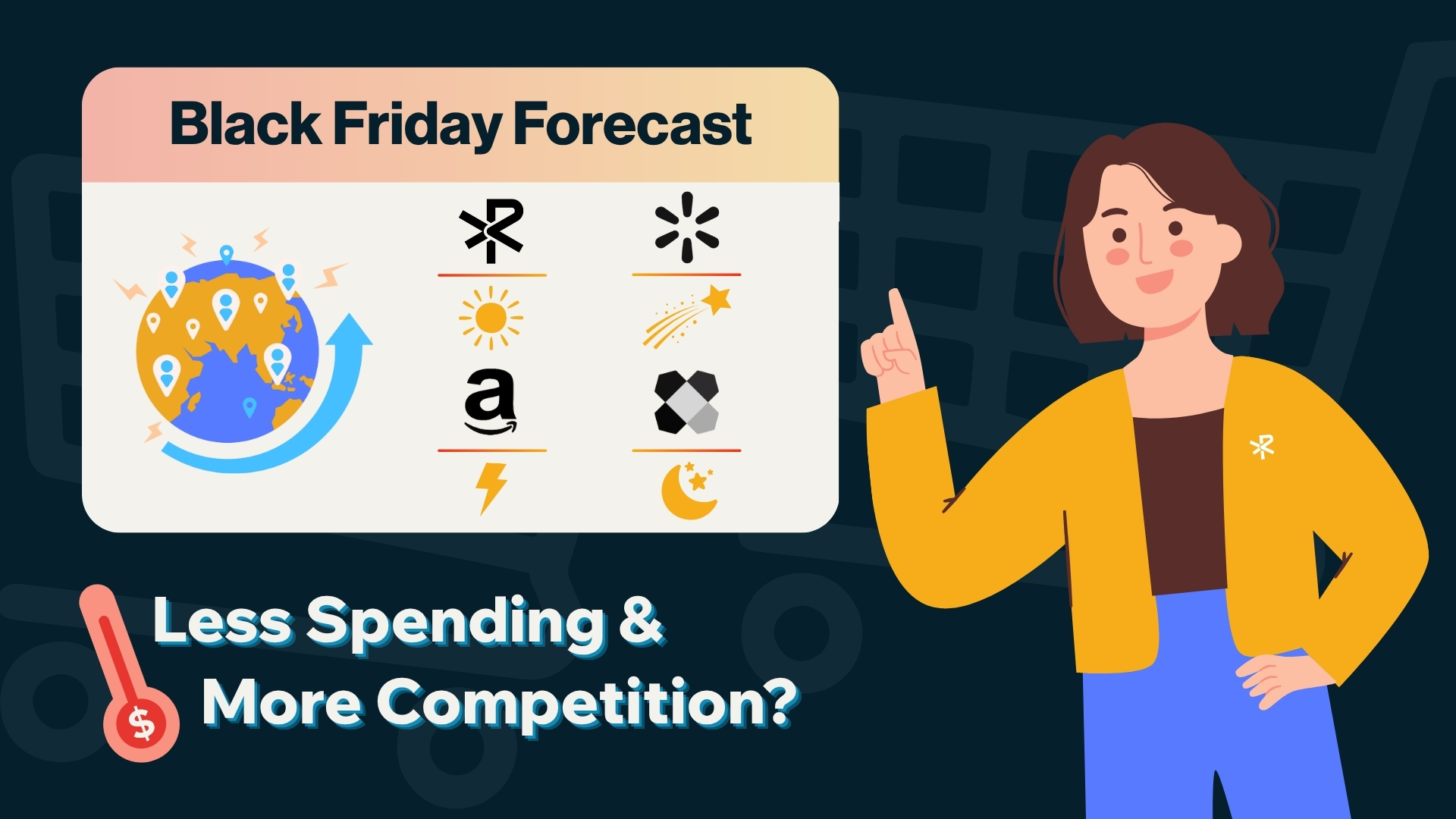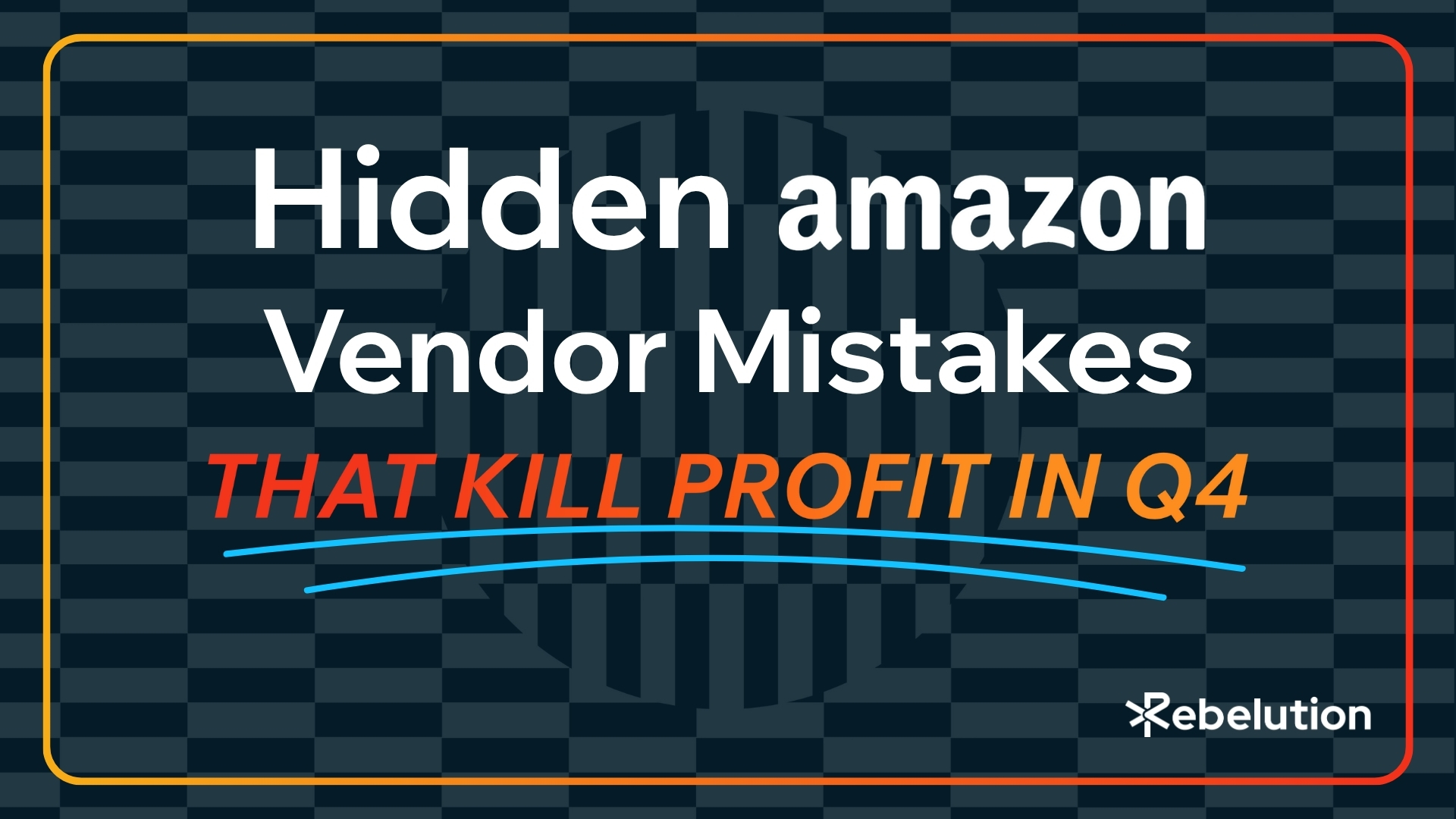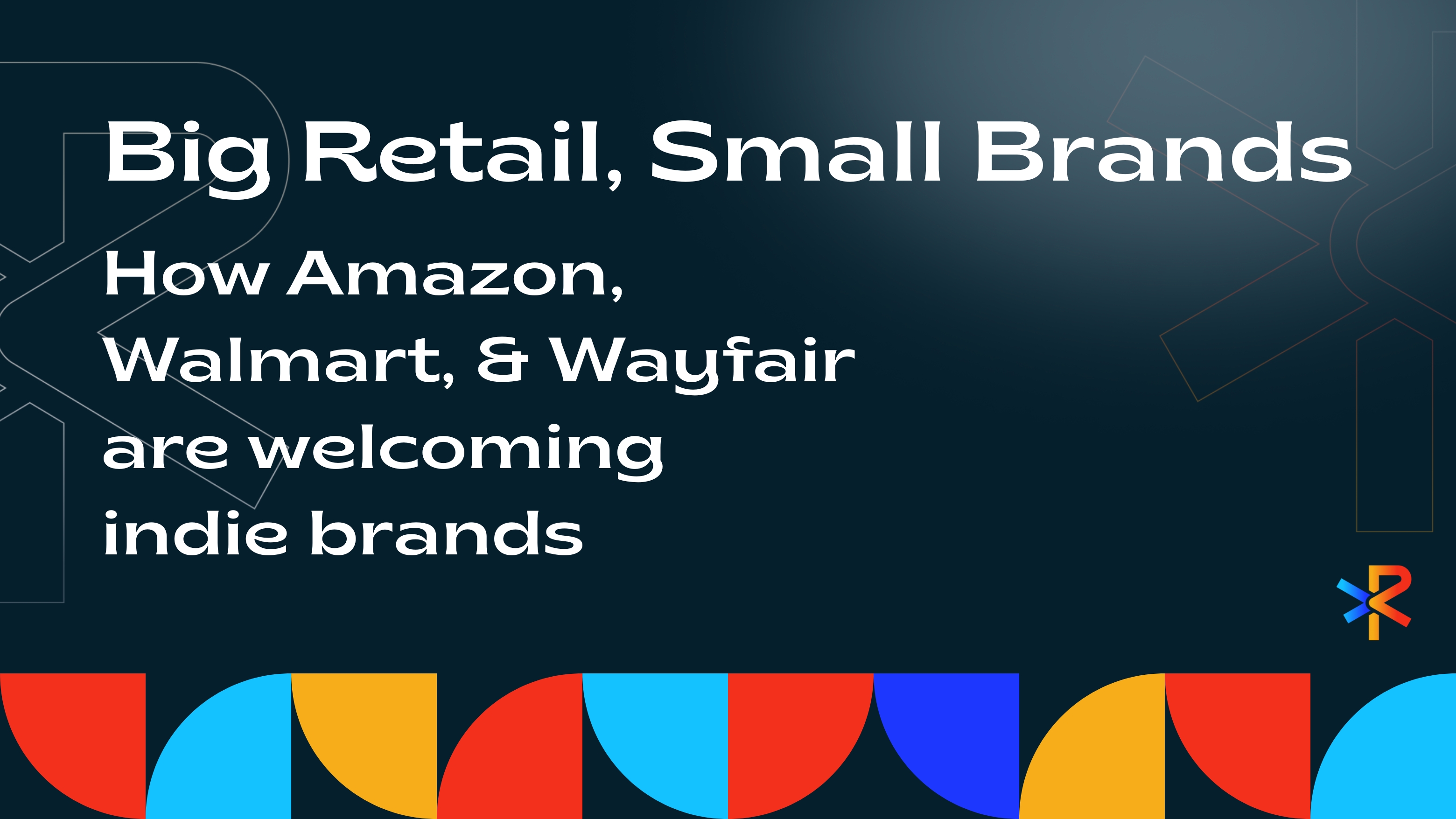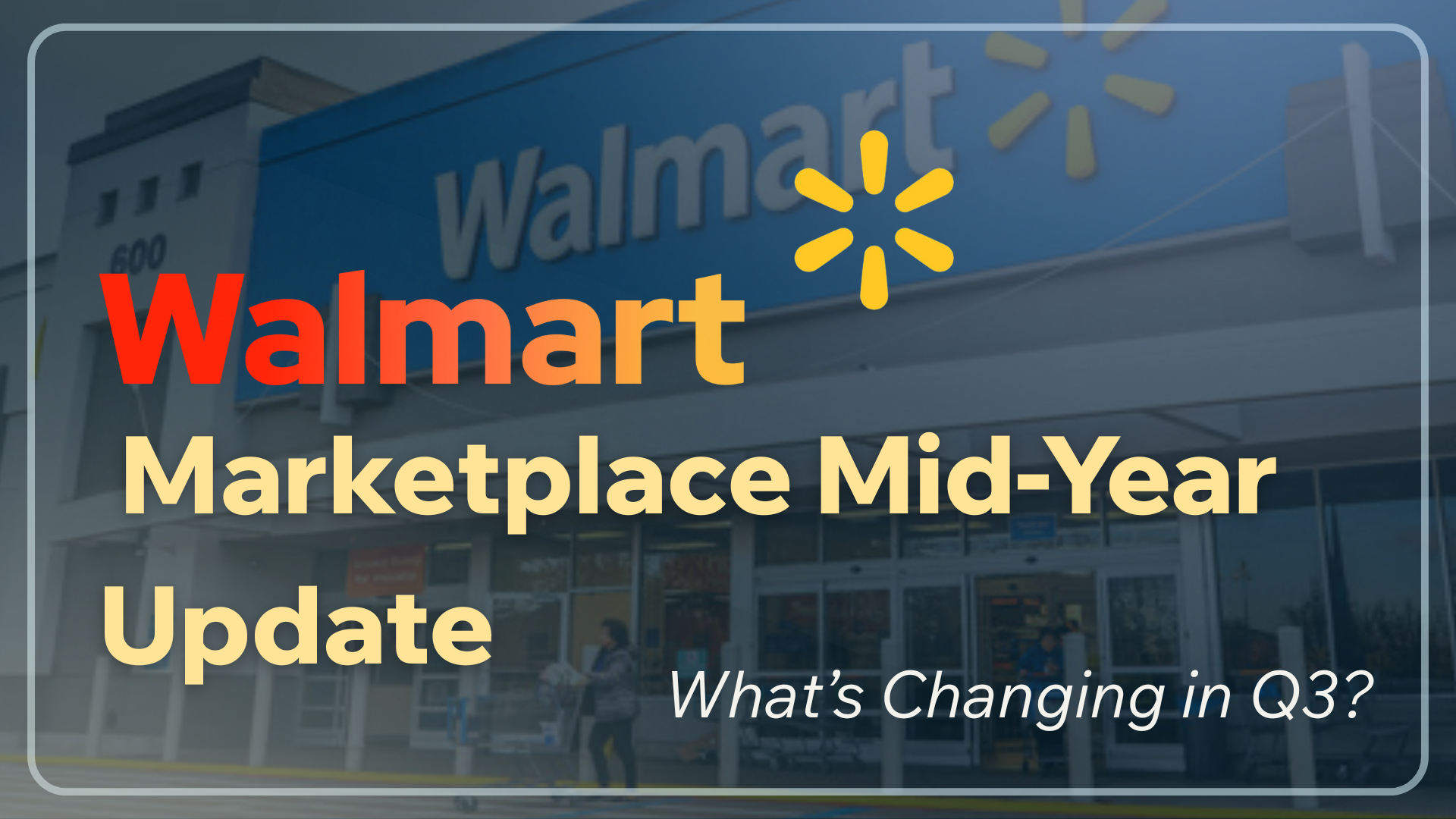Amazon’s Prime Day 2025 isn’t just about Amazon anymore. What started as a two-day exclusive event has evolved into a major retail moment that influences buying behavior across the ecommerce landscape. As Amazon extends its sale to four full days (July 8–11), small and midsize retailers are getting smarter about how they position themselves before and after the event to capture spillover demand.
In this post, we’ll explore how small retailers selling on platforms like Walmart, Wayfair, Overstock, Lowe’s, and Home Depot are using timing and targeted promotions to ride the wave, without going head-to-head with Amazon.
During Prime Day 2025, consumers aren’t just shopping on Amazon. They’re in a general deal-hunting mindset. In 2024, U.S. e-Commerce sales reached $14.2 billion during the sales week, up 11% from the previous year . That momentum extended well beyond Amazon, benefiting any retailer with a well-timed promo.
Large players like Walmart, Target, and Best Buy have now normalized competing sales. Walmart’s July Deals, for example, ran from July 8–13, and Target’s Circle Week spanned July 6–12 . Smaller retailers are learning from this playbook, aligning promos to catch customers before they lock in purchases with bigger brands.
Running a sale before Prime Dayis a smart way to reach shoppers early. Many consumers begin browsing deals days in advance, especially as ads ramp up. Target kicked off its promotions two days ahead of Amazon this year, positioning itself to grab preemptive purchases .
Smaller brands can adopt similar tactics, ike flash sales the weekend before or messaging that taps into Prime anticipation (“Why wait for Prime Day?”). This strategy allows retailers to beat Amazon to the punch while offering an experience that feels more personalized and less algorithmic.
While competing directly with Amazon during this period 5 can be tough, smaller retailers can still benefit by piggybacking on the buzz. Many consumers cross-shop during the evenr, comparing prices on Walmart, Google Shopping, and brand websites. That makes it a prime moment to boost visibility through email campaigns, paid ads, and marketplace offers.
Retailers don’t need to match Amazon’s deals dollar-for-dollar. Highlighting value, uniqueness, or perks like free shipping or loyalty points can go a long way, especially for shoppers already in spending mode.
Once Prime Day ends, the opportunity doesn’t disappear. Consumers often have deal fatigue, or regret over what they didn’t buy. This is where post-Prime Day promotions shine. Walmart extended its sale two days beyond Amazon’s, catching shoppers still in “buy mode.”
Small retailers can do the same. “Prime Day Hangover” or “Missed Prime? No Problem” messaging works well to re-engage customers who are still browsing or open to better alternatives. A small, strategic push right after Prime Day can convert last-minute buyers and build long-term loyalty.
One overlooked tactic? Following up with shoppers. Whether someone purchased or just browsed, this is the perfect time to reconnect. Send a thank-you email, offer a bounce-back discount, or invite them to a loyalty program.
Because Prime Day trains consumers to hunt for deals, smart retailers are turning that behavior into longer-term relationships. And that’s where smaller players can often outperform larger ones, with human-centered, thoughtful customer experiences.
Prime Day is no longer a solo performance by Amazon, it’s a rising tide that lifts many boats. For small retailers, the key is not to compete during the event, but to win around it. By timing promotions just before or after, using smart messaging, and reinforcing customer loyalty, they can tap into the seasonal buying mindset without getting lost in the noise.
Whether you're selling on Amazon, Walmart, or your own site, aligning with Prime Day this year means showing up where your shoppers already are: primed for value and ready to spend. Done right, Prime Day can be a launchpad, not just a sales spike.

Meghan is a digital marketing specialist and analyst at Rebelution eCommerce, focusing on internal strategies. With a strong background in market analysis and initiative development, she enhances internal communications and ensures marketing efforts align with business goals. Her strategic approach improves the efficiency and impact of Rebelution’s marketing operations.



Experts expect the slowest U.S. holiday growth since the pandemic—even as online sales rise. See the Black Friday sales forecast, what’s driving competition on Amazon, Walmart, Lowe’s, Home Depot, Wayfair, and how to win.


The biggest Amazon vendor Q4 mistakes aren’t what you think. Learn the hidden operational, financial, and data traps that quietly destroy holiday margins.


Learn how Amazon, Walmart, and Wayfair empower small business ecommerce brands with tools, reach, and growth opportunities.


Explore how Evolution Outdoor, in partnership with Rebelution, achieved a remarkable 65% increase in year-over-year sales...

.jpg)
Explore how Evolution Outdoor, in partnership with Rebelution, achieved a remarkable 65% increase in year-over-year sales...


Explore how Evolution Outdoor, in partnership with Rebelution, achieved a remarkable 65% increase in year-over-year sales...


